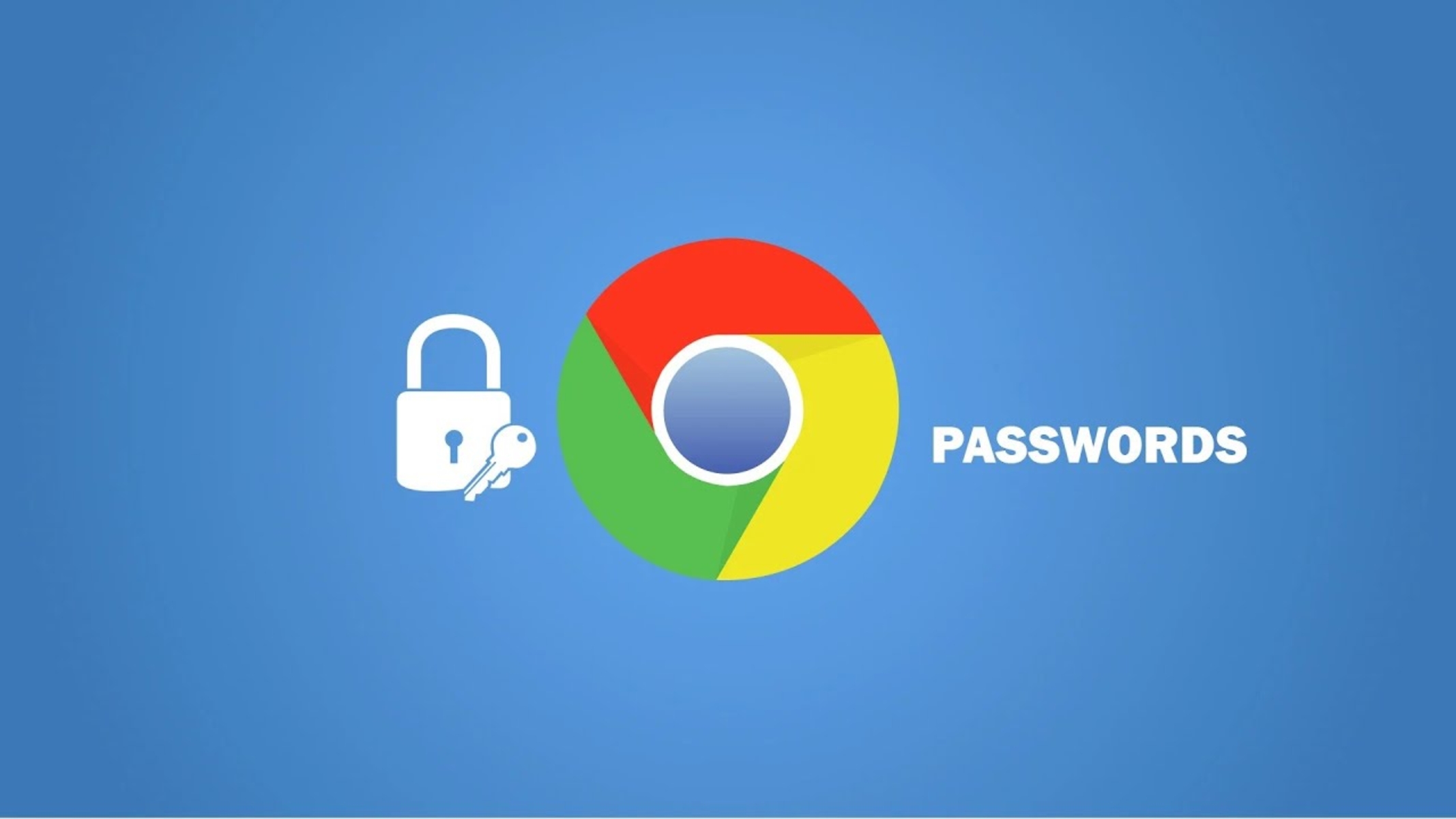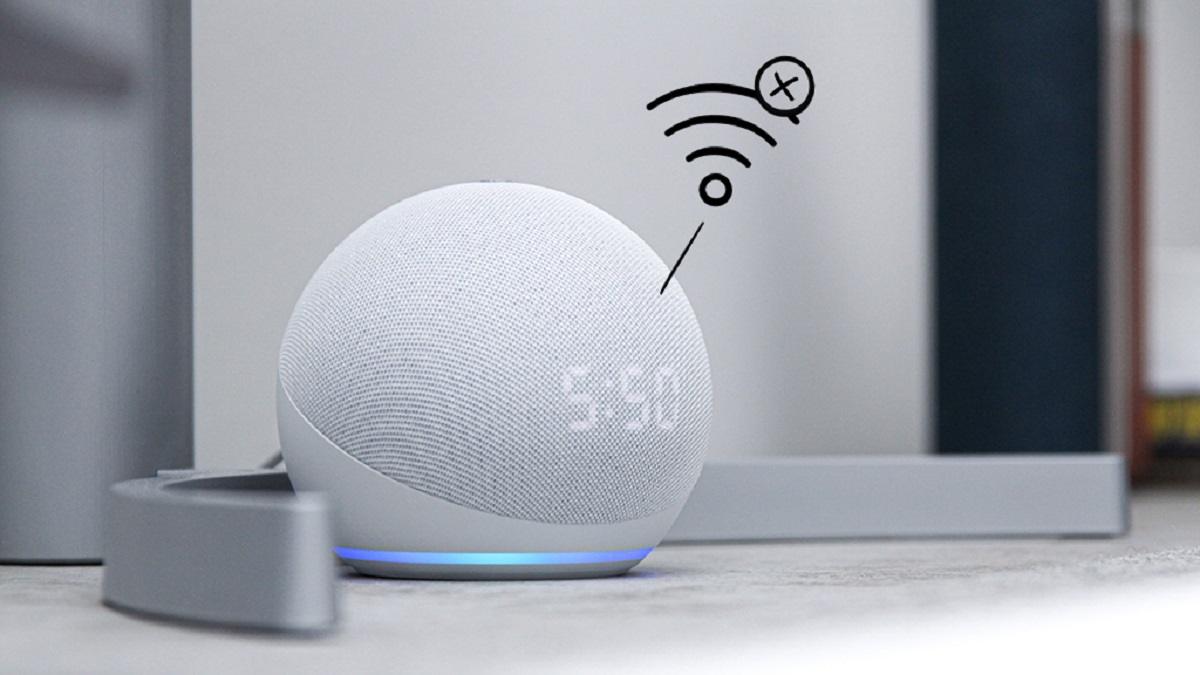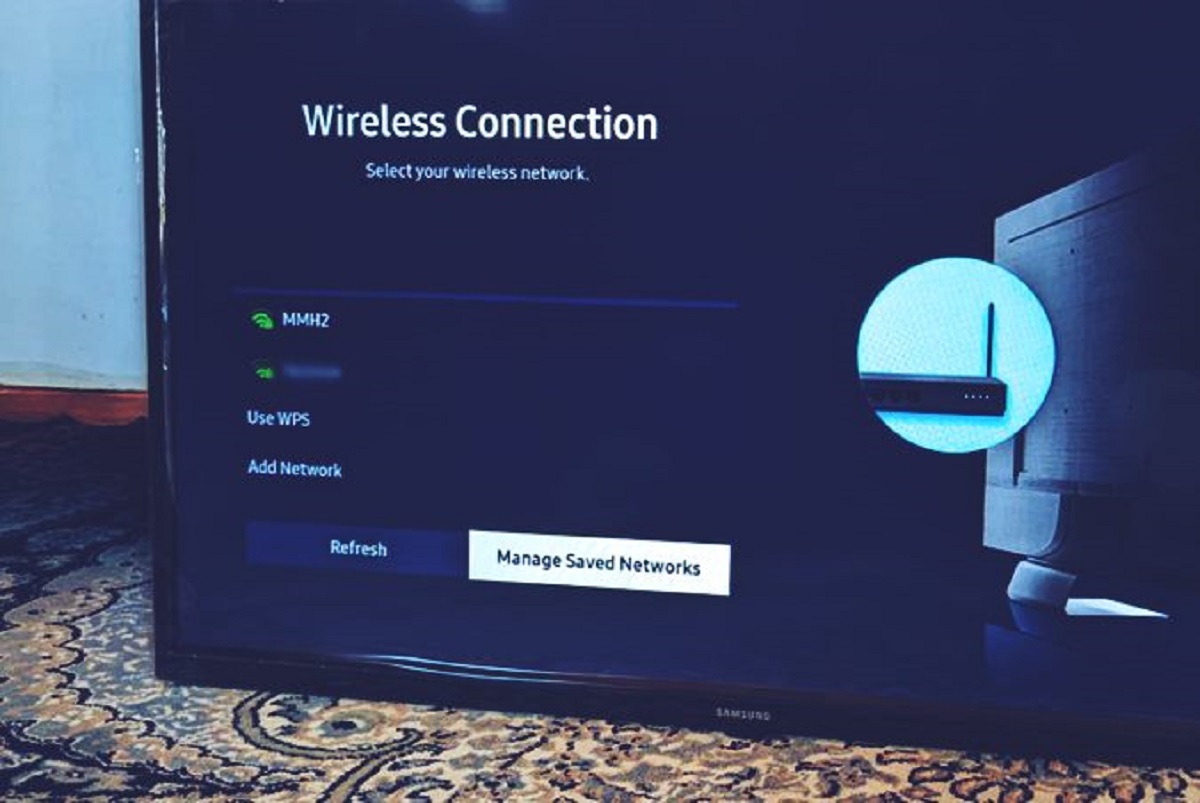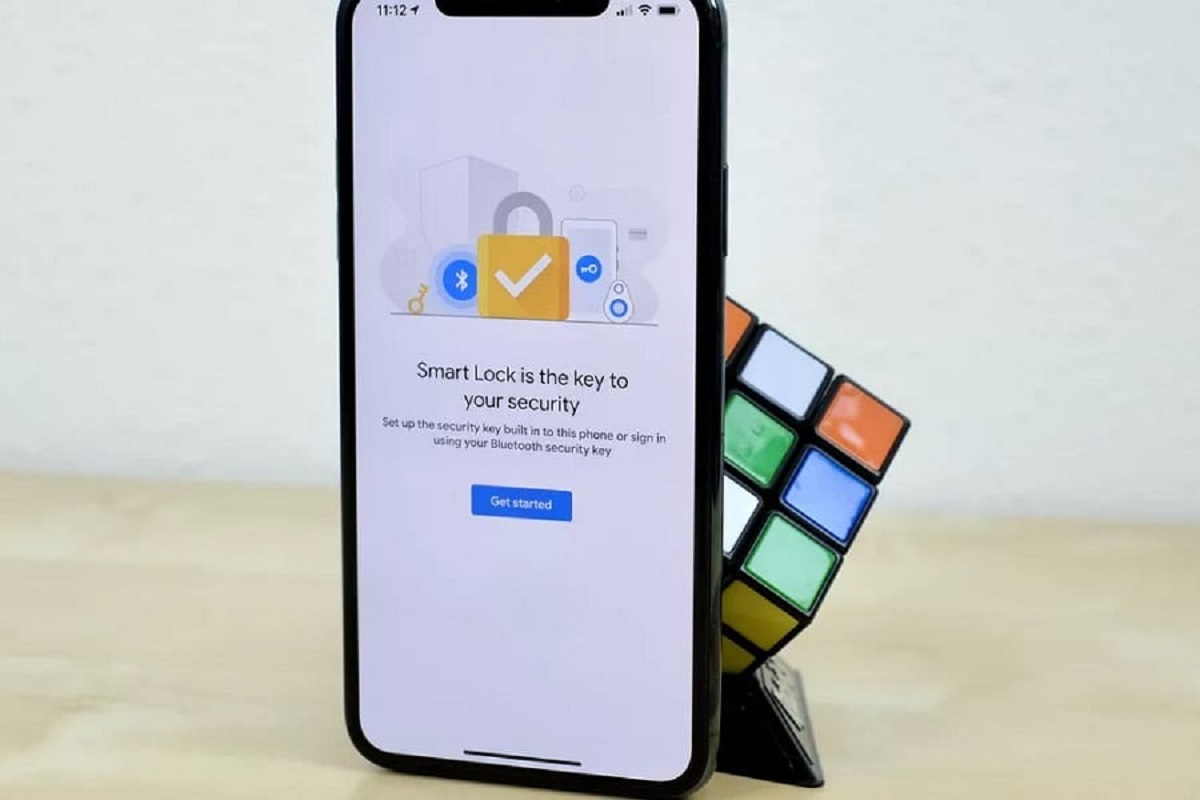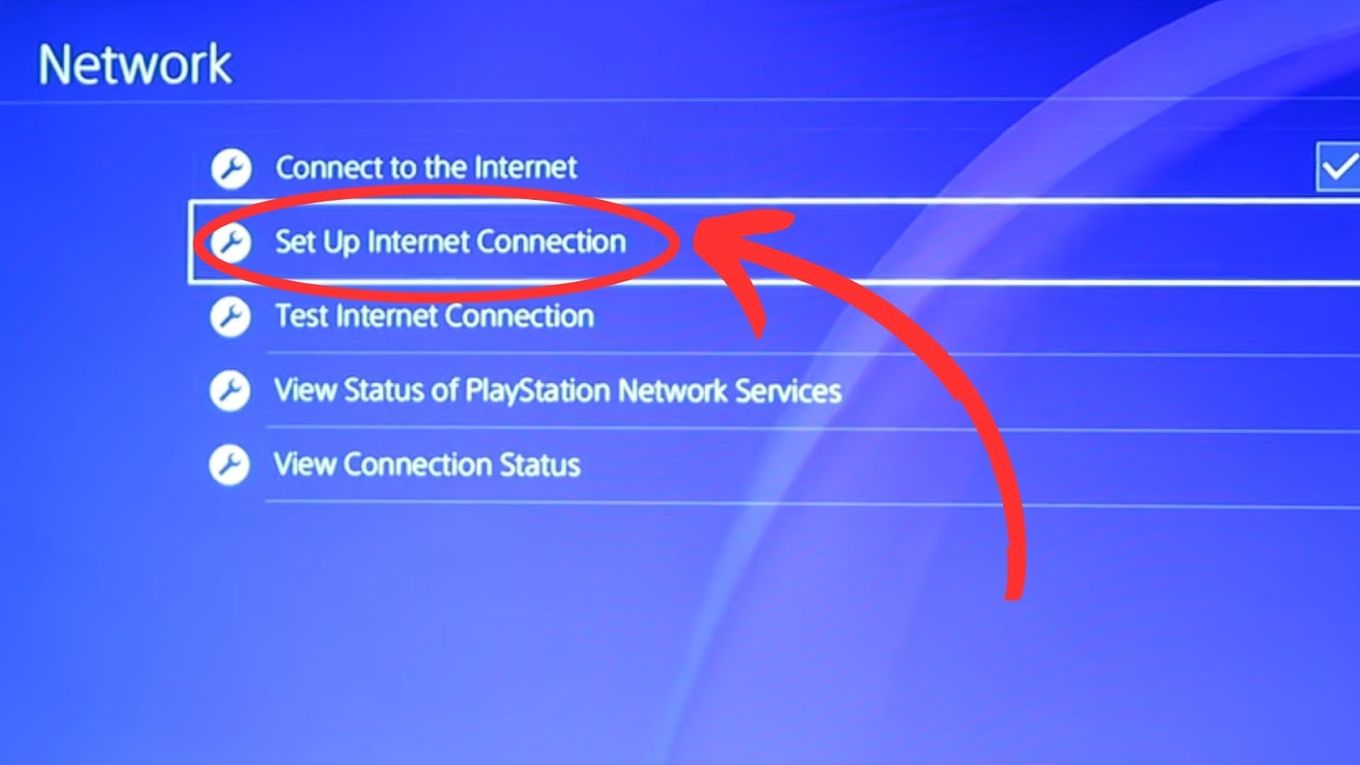Introduction
Have you ever experienced the frustration of Chrome failing to save your passwords? It's a common issue that can leave you feeling exasperated and wondering why this seemingly simple feature isn't working as expected. Chrome's password-saving functionality is designed to make your online experience more convenient by securely storing your login credentials for various websites. However, when it fails to do so, it can disrupt your workflow and lead to unnecessary hassle.
In this article, we'll delve into the reasons why Chrome may not be saving your passwords and explore potential solutions to troubleshoot this issue. Whether you're a casual internet user or rely on Chrome for work-related tasks, understanding the underlying causes and knowing how to address them can save you time and frustration in the long run.
Let's unravel the mystery behind Chrome's reluctance to save your passwords and equip you with the knowledge to overcome this obstacle. Whether it's a minor inconvenience or a recurring problem, we'll guide you through the steps to regain control over this essential browser feature. So, let's embark on this journey to uncover the secrets of Chrome's password-saving functionality and reclaim the convenience it promises.
Reasons why Chrome won't save passwords
-
Incorrect Chrome Settings: Chrome's settings play a pivotal role in determining whether passwords are saved. If the "Offer to save passwords" feature is disabled, Chrome won't prompt you to save passwords, leading to the perception that it's not saving them.
-
Incognito Mode: When browsing in Incognito mode, Chrome doesn't save passwords by default. This is a security measure to ensure that sensitive information isn't stored during private browsing sessions.
-
Websites Blocking Password Saving: Some websites explicitly disable the option for browsers to save passwords. This can be due to security concerns or the website's design, preventing Chrome from offering to save your login credentials.
-
Corrupted User Profile: A corrupted user profile can disrupt Chrome's ability to save passwords. Issues within the user profile, such as data corruption or conflicts with extensions, can hinder the browser's functionality.
-
Outdated Chrome Version: Using an outdated version of Chrome can lead to various issues, including problems with password saving. Updating to the latest version can resolve compatibility issues and ensure that the browser functions as intended.
-
Syncing Issues: If you're experiencing password-saving issues across multiple devices where Chrome is synced, inconsistencies in syncing data can lead to discrepancies in saved passwords.
-
Third-Party Extensions: Certain third-party extensions or add-ons may interfere with Chrome's password-saving feature. These extensions can conflict with the browser's functionality, resulting in the failure to save passwords.
-
Browser Cache and Cookies: Accumulated browser cache and cookies can impact Chrome's ability to save passwords. Clearing these temporary files can resolve potential conflicts and improve the browser's performance.
Understanding these reasons can provide valuable insights into why Chrome may not be saving passwords as expected. By identifying the underlying causes, you can take targeted steps to address the specific issue affecting your browsing experience.
How to troubleshoot Chrome password saving issues
Troubleshooting Chrome's password-saving issues requires a systematic approach to identify and address the underlying causes. By following these steps, you can navigate through potential obstacles and restore Chrome's ability to save passwords effectively.
-
Check Chrome Settings: Start by ensuring that the "Offer to save passwords" feature is enabled in Chrome's settings. To do this, go to Chrome's settings, click on "Passwords," and verify that the "Offer to save passwords" option is turned on. If it's disabled, toggle the setting to enable it, allowing Chrome to prompt you to save passwords.
-
Disable Incognito Mode: If you frequently use Incognito mode, be aware that Chrome doesn't save passwords during private browsing sessions by default. To test if this is the issue, try saving a password while browsing in regular mode. If it works, the problem may be related to Incognito mode's restrictions on password saving.
-
Check Website Settings: Some websites have settings that prevent browsers from saving passwords. If you encounter issues with a specific website, check if it explicitly disables password saving. In such cases, Chrome won't prompt you to save passwords, and the issue is attributed to the website's settings rather than a browser malfunction.
-
Create a New User Profile: If the problem persists, creating a new user profile in Chrome can help isolate issues related to the existing profile. To do this, navigate to Chrome's settings, click on "People," and select "Add person." Test the password-saving functionality in the new profile to determine if the issue is specific to the original user profile.
-
Update Chrome: Ensure that you're using the latest version of Chrome. Outdated versions may have compatibility issues that affect password saving. Updating Chrome to the newest release can resolve potential bugs and improve the browser's performance.
-
Check Syncing Status: If you use Chrome across multiple devices with syncing enabled, verify the syncing status to ensure that saved passwords are consistent across all devices. Inconsistencies in synced data can lead to discrepancies in password saving.
-
Disable Third-Party Extensions: Temporarily disable third-party extensions or add-ons to identify if they are interfering with Chrome's password-saving feature. Conflicting extensions can disrupt the browser's functionality, and disabling them can help pinpoint the source of the issue.
-
Clear Browser Cache and Cookies: Accumulated browser cache and cookies can impact Chrome's performance, including its ability to save passwords. Clearing these temporary files can resolve conflicts and improve the browser's functionality.
By systematically troubleshooting Chrome's password-saving issues, you can identify and address the specific factors affecting this essential feature. Whether it's adjusting settings, isolating profile-related issues, or addressing compatibility concerns, these steps empower you to regain control over Chrome's password-saving functionality and enhance your browsing experience.
Conclusion
In conclusion, the frustration of Chrome failing to save passwords can be attributed to various factors, ranging from browser settings and website restrictions to syncing issues and third-party extensions. By understanding the underlying reasons and following a systematic troubleshooting approach, users can overcome this inconvenience and restore Chrome's password-saving functionality.
It's essential to start by checking Chrome's settings to ensure that the "Offer to save passwords" feature is enabled. This simple step can often resolve the issue, as Chrome relies on this setting to prompt users to save passwords for various websites. Additionally, being mindful of browsing in Incognito mode and understanding website-specific settings can provide clarity on why passwords may not be saving as expected.
Creating a new user profile in Chrome can help isolate issues related to the existing profile, offering a fresh perspective on the problem. Furthermore, keeping Chrome updated to the latest version is crucial, as outdated releases may have compatibility issues that affect password saving. Verifying the syncing status across multiple devices and temporarily disabling third-party extensions can also aid in identifying and addressing potential conflicts.
Clearing browser cache and cookies is another important step in troubleshooting password-saving issues, as accumulated temporary files can impact Chrome's performance. By systematically addressing these factors, users can navigate through potential obstacles and regain control over this essential browser feature.
Ultimately, troubleshooting Chrome's password-saving issues empowers users to take proactive steps in addressing the specific factors affecting this functionality. Whether it's adjusting settings, isolating profile-related issues, or addressing compatibility concerns, these actions can lead to a more seamless and convenient browsing experience.
By unraveling the mystery behind Chrome's reluctance to save passwords and equipping users with the knowledge to overcome this obstacle, this article aims to alleviate the frustration associated with this common issue. With a deeper understanding of the reasons behind Chrome's password-saving challenges and the tools to troubleshoot them effectively, users can navigate through these obstacles with confidence and reclaim the convenience that Chrome promises.
In the ever-evolving landscape of web browsers and online security, staying informed and equipped with troubleshooting strategies is essential. By taking proactive measures and leveraging the insights provided in this article, users can navigate through Chrome's password-saving challenges and enhance their overall browsing experience.







